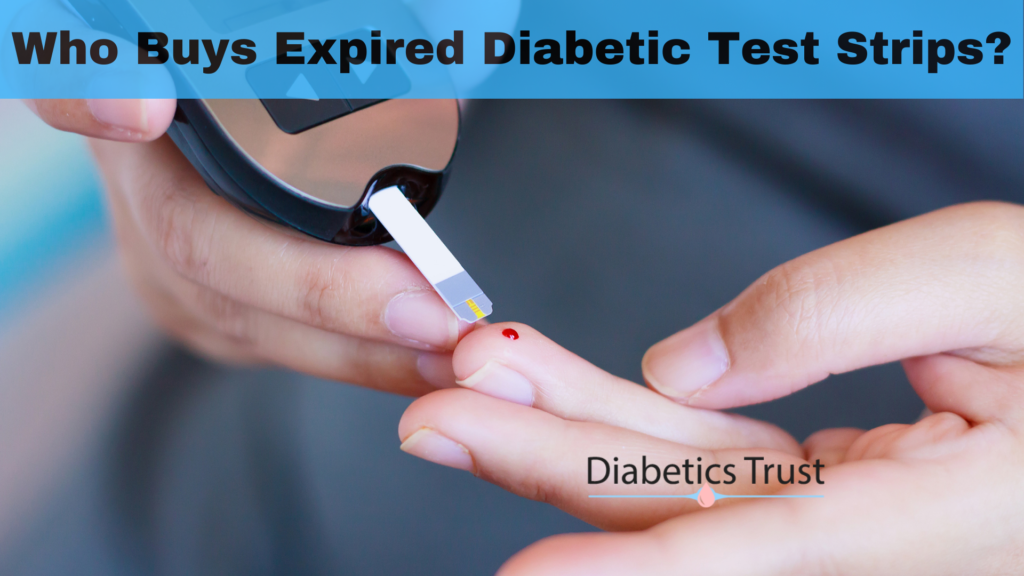Hemoglobin A1c, often abbreviated as HbA1c, plays a pivotal role in managing diabetes. It provides an overview of your average blood sugar levels. Over the past 2-3 months, making it an essential tool for diagnosing diabetes and monitoring blood sugar control.
However, what constitutes ‘normal’ HbA1c can vary by age, leading to the question: What is the normal HbA1c by age? This blog post aims to provide an in-depth look at HbA1c. And how its normal range can vary across different age groups.
What is HbA1c?
HbA1c is a form of hemoglobin that is chemically linked to sugar. The higher your blood sugar levels, the more sugar-bound hemoglobin, or HbA1c, you’ll have in your blood.
An HbA1c test provides an average of your blood sugar levels over the past 2-3 months, giving a long-term view of your blood sugar control, unlike daily glucose tests.
Why is HbA1c Important?
A key advantage of the HbA1c test is that it provides a more stable indicator of blood sugar control, unaffected by short-term changes due to meals, exercise, or stress.
This stability allows healthcare providers to assess the effectiveness of a patient’s diabetes management plan and make necessary adjustments.

Normal HbA1c Levels Across Different Age Groups
HbA1c targets can vary depending on a variety of factors, including age, overall health, the risk of hypoglycemia, and the presence of complications. However, here are some general guidelines:
For healthy adults, the American Diabetes Association recommends an HbA1c level below 5.7% for non-diabetics and a target of less than 7% for most adults with diabetes.
For children, adolescents, and young adults with diabetes, the American Diabetes Association suggests an HbA1c target of less than 7.5%.
For older adults with multiple chronic conditions, poor health, or limited life expectancy, less stringent HbA1c goals, such as 8% or even slightly higher, may be appropriate to avoid the risk of hypoglycemia.
However, these are only guidelines, and personal targets can vary. It is crucial to discuss your individual targets with your healthcare provider.
Age and the Interpretation of HbA1c Levels
Age does not directly impact the HbA1c levels in the blood. However, HbA1c targets may be adjusted for individuals in different age brackets, primarily due to their overall health status, risk of hypoglycemia, and presence of complications.
For instance, younger people with many years ahead of them would benefit most from keeping their HbA1c levels as low as possible to avoid complications later in life. On the other hand, older individuals, especially those with other health conditions, may face more immediate risks from the tight control of blood sugar levels, such as severe hypoglycemia.
Conclusion
Understanding HbA1c and what constitutes a normal level for your age group is a crucial part of managing diabetes effectively. However, it’s essential to remember that managing diabetes is not a one-size-fits-all approach.
Your HbA1c targets should align with your individual health status, lifestyle, and personal preferences.
The journey with diabetes is a personal one. As renowned author, Dr. Phil McGraw once said, “Awareness without action is worthless.” Armed with awareness of your HbA1c levels, you can take active steps towards improved health and diabetes management.





